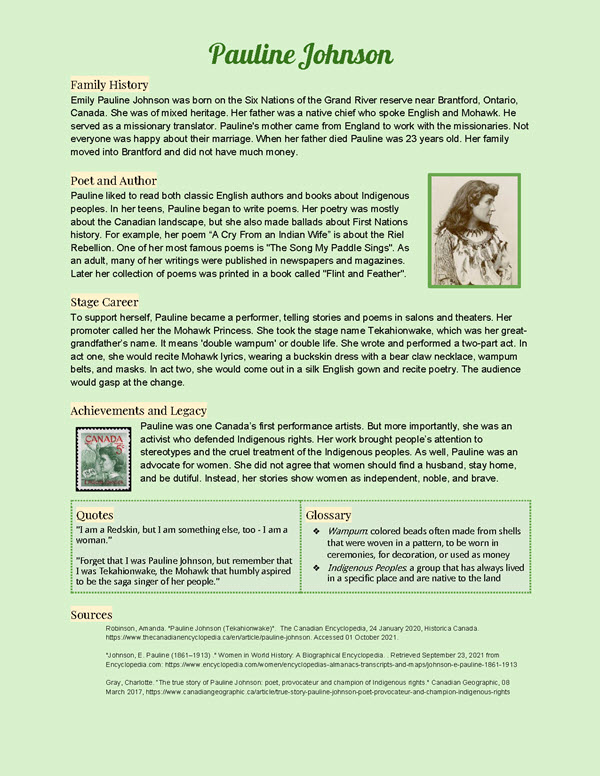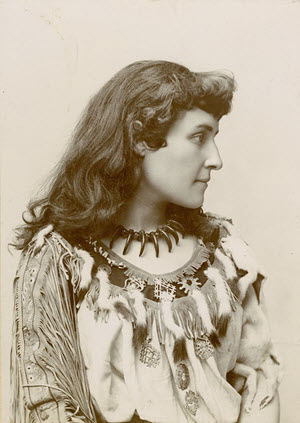Do you want your students to make a fact card? A fact card is a one-sheet document. It provides key information about a topic. Typically, headings organize the facts. Often it includes images to illustrate a point. The goal is to make the data clear and concise. That way, a person can quickly learn about the material.
A fact card is an excellent way to create a biography about an important person. This task can easily become part of a social studies or history unit. It is a fun way for students to demonstrate their learning.
Another benefit to a fact card is that it reduces the risk of plagiarism. As a teacher, this is an important consideration of any research project. Since the publication is only one page, students must put the information into their own words to fit the length.
If you are looking for a fun new way to write a report, consider using TechnoResearch. This technology project has assignments that guide students step-by-step through the research process. Gradually, they learn how to make a fact card using either Microsoft Word or Google Docs.
How to Make a Fact Card in 10 Easy Steps
There are 12 assignments and 5 extension activities in the TechnoResearch project. Students complete the following steps:
- Select a topic. Narrow the focus.
- Create an outline with research headings.
- Research the topic using multiple sources of information. Record sources.
- Define terminology to understand meaning.
- Rephrase the facts to put them into your own words.
- Format the text to improve readability.
- Adjust the page layout and insert images.
- Edit the fact card to correct errors and improve the design.
- Share the publication with others.
- Reflect upon the learning experience.
So You Want to Make a Fact Card?
Below is an example of a fact card about Pauline Johnson. It is from the project, TechnoResearch. To see how it looks in Google Docs download the PDF sample file.
You will notice the sample looks better than the information listed below. This is because the document has a colored background, text formatting, and images. Consequently, these features transform the publication into an easy-to-read fact card.

Pauline Johnson
Family History
Emily Pauline Johnson was born on the Six Nations of the Grand River reserve near Brantford, Ontario, Canada. She was of mixed heritage. Her father was a native chief who spoke English and Mohawk. He served as a missionary translator. Pauline’s mother came from England to work with the missionaries. Not everyone was happy about their marriage. When her father died Pauline was 23 years old. Her family moved into Brantford and did not have much money.

Poet and Author
Pauline liked to read both classic English authors and books about Indigenous peoples. In her teens, Pauline began to write poems. Her poetry was mostly about the Canadian landscape, but she also made ballads about First Nations history. For example, her poem “A Cry From an Indian Wife” is about the Riel Rebellion. One of her most famous poems is “The Song My Paddle Sings”. As an adult, many of her writings were published in newspapers and magazines. Later her collection of poems was printed in a book called “Flint and Feather”.
Stage Career
To support herself, Pauline became a performer, telling stories and poems in salons and theaters. Her promoter called her the Mohawk Princess. She took the stage name Tekahionwake, which was her great-grandfather’s name. It means ‘double wampum’ or double life. She wrote and performed a two-part act. In act one, she would recite Mohawk lyrics, wearing a buckskin dress with a bear claw necklace, wampum belts, and masks. In act two, she would come out in a silk English gown and recite poetry. The audience would gasp at the change.
Achievements and Legacy
Pauline was one Canada’s first performance artists. But more importantly, she was an activist who defended Indigenous rights. Her work brought people’s attention to stereotypes and the cruel treatment of the Indigenous peoples. As well, Pauline was an advocate for women. She did not agree that women should find a husband, stay home, and be dutiful. Instead, her stories show women as independent, noble, and brave.

Quotes
“I am a Redskin, but I am something else, too – I am a woman.”
“Forget that I was Pauline Johnson, but remember that I was Tekahionwake, the Mohawk that humbly aspired to be the saga singer of her people.”
Glossary
Wampum: colored beads often made from shells that were woven in a pattern, to be worn in ceremonies, for decoration, or used as money
Indigenous Peoples: a group that has always lived in a specific place and are native to the land
Sources
Robinson, Amanda. “Pauline Johnson (Tekahionwake)”. The Canadian Encyclopedia, 24 January 2020, Historica Canada. https://www.thecanadianencyclopedia.ca/en/article/pauline-johnson. Accessed 01 October 2021.
“Johnson, E. Pauline (1861–1913) .” Women in World History: A Biographical Encyclopedia. . Retrieved September 23, 2021 from Encyclopedia.com: https://www.encyclopedia.com/women/encyclopedias-almanacs-transcripts-and-maps/johnson-e-pauline-1861-1913
Gray, Charlotte. “The true story of Pauline Johnson: poet, provocateur and champion of Indigenous rights.” Canadian Geographic, 08 March 2017,
https://canadiangeographic.ca/articles/the-true-story-of-pauline-johnson-poet-provocateur-and-champion-of-indigenous-rights/
